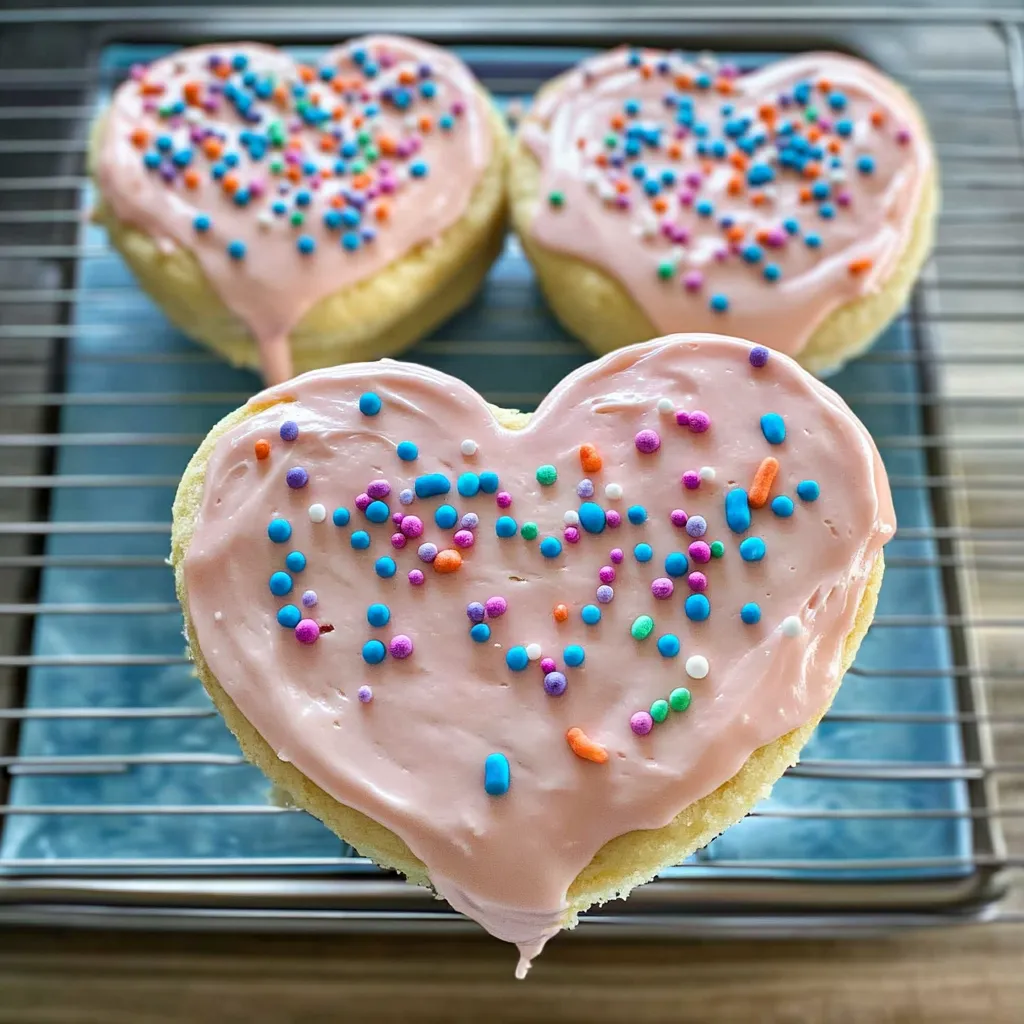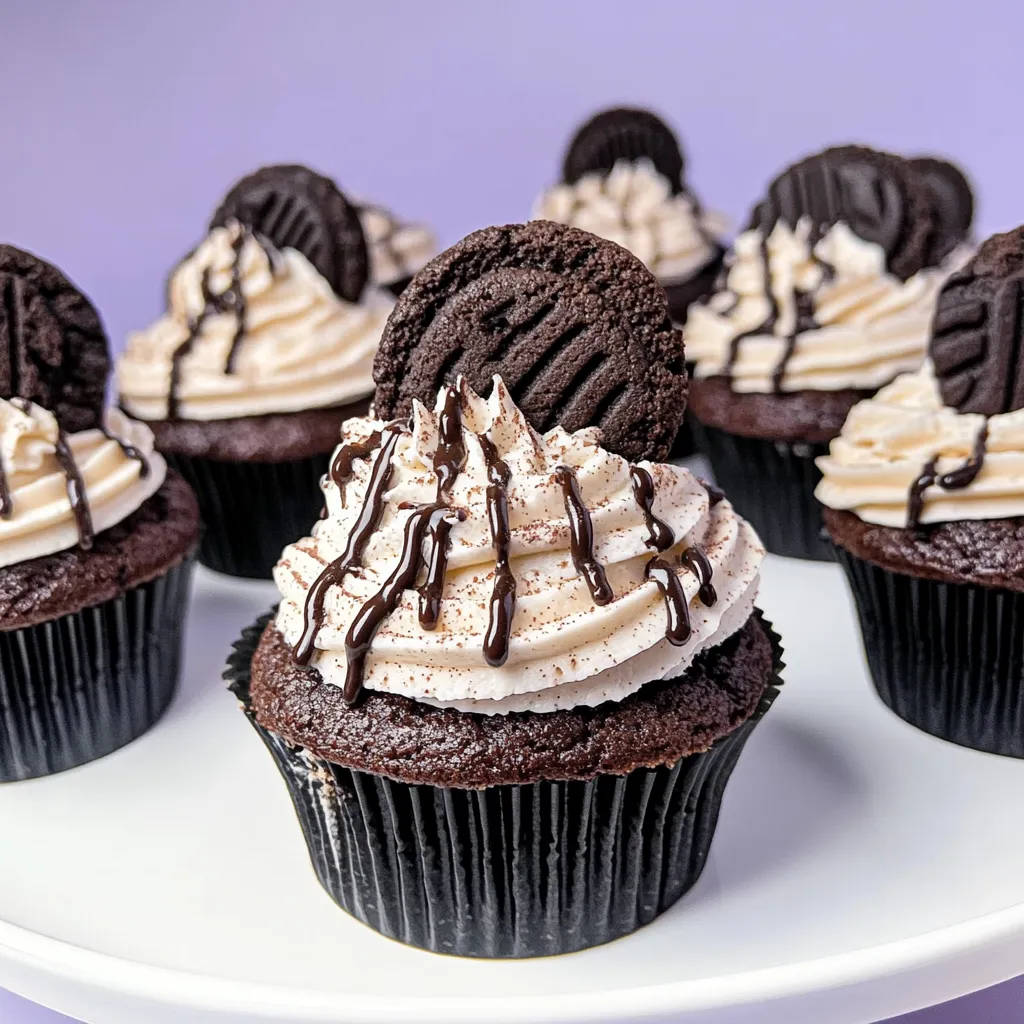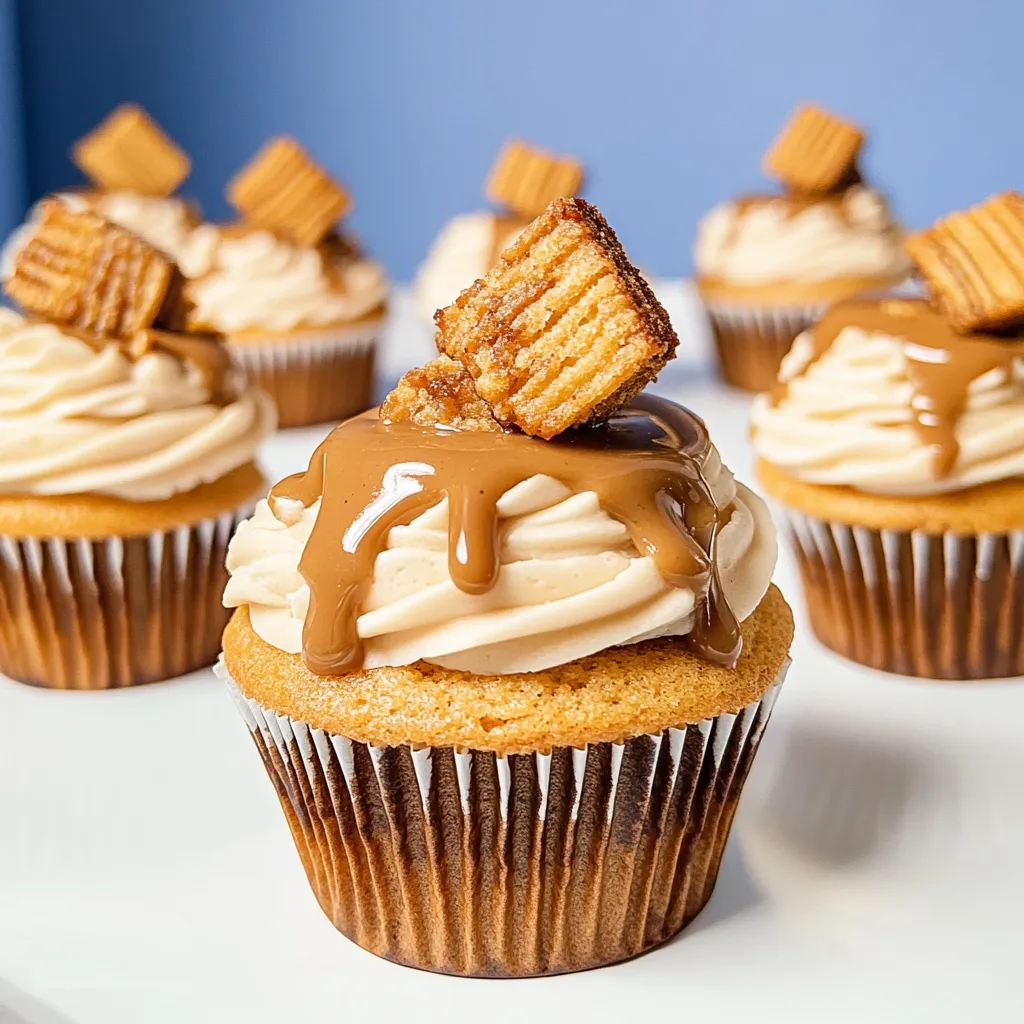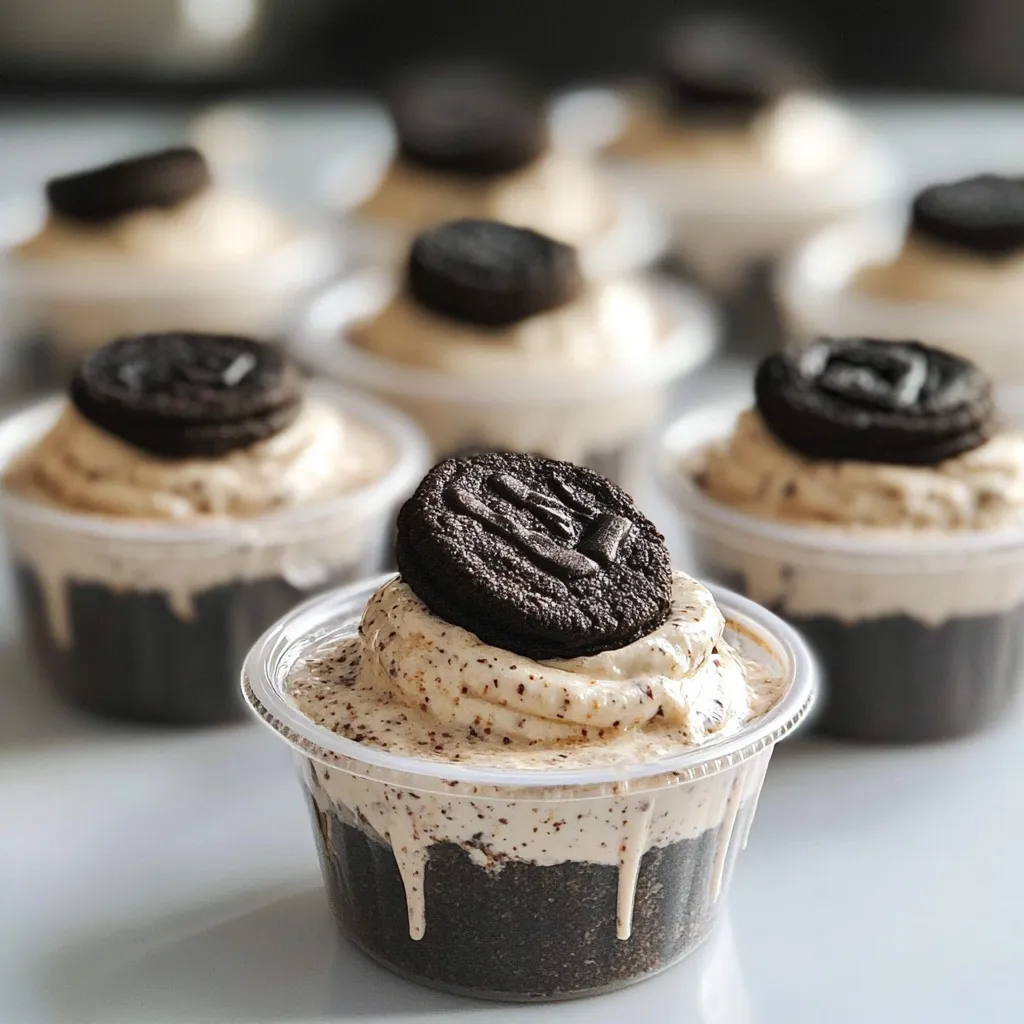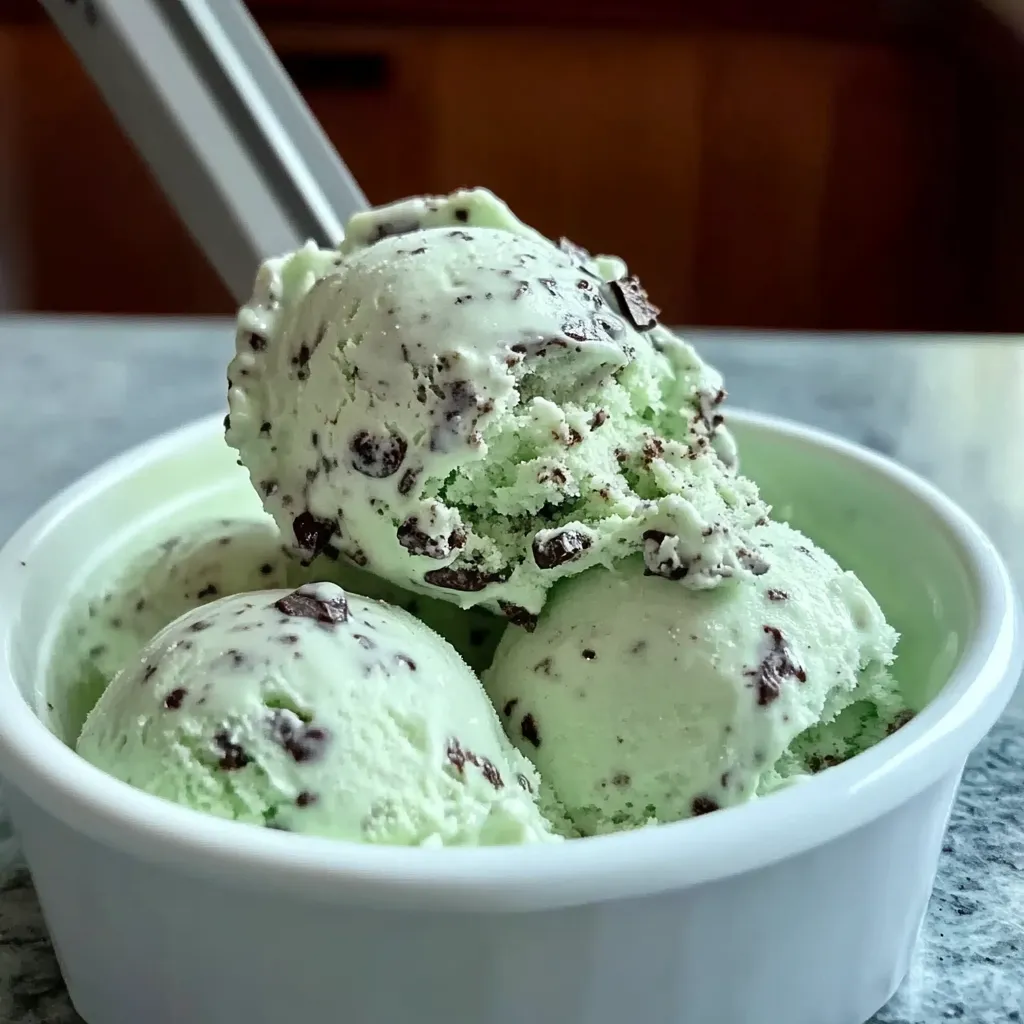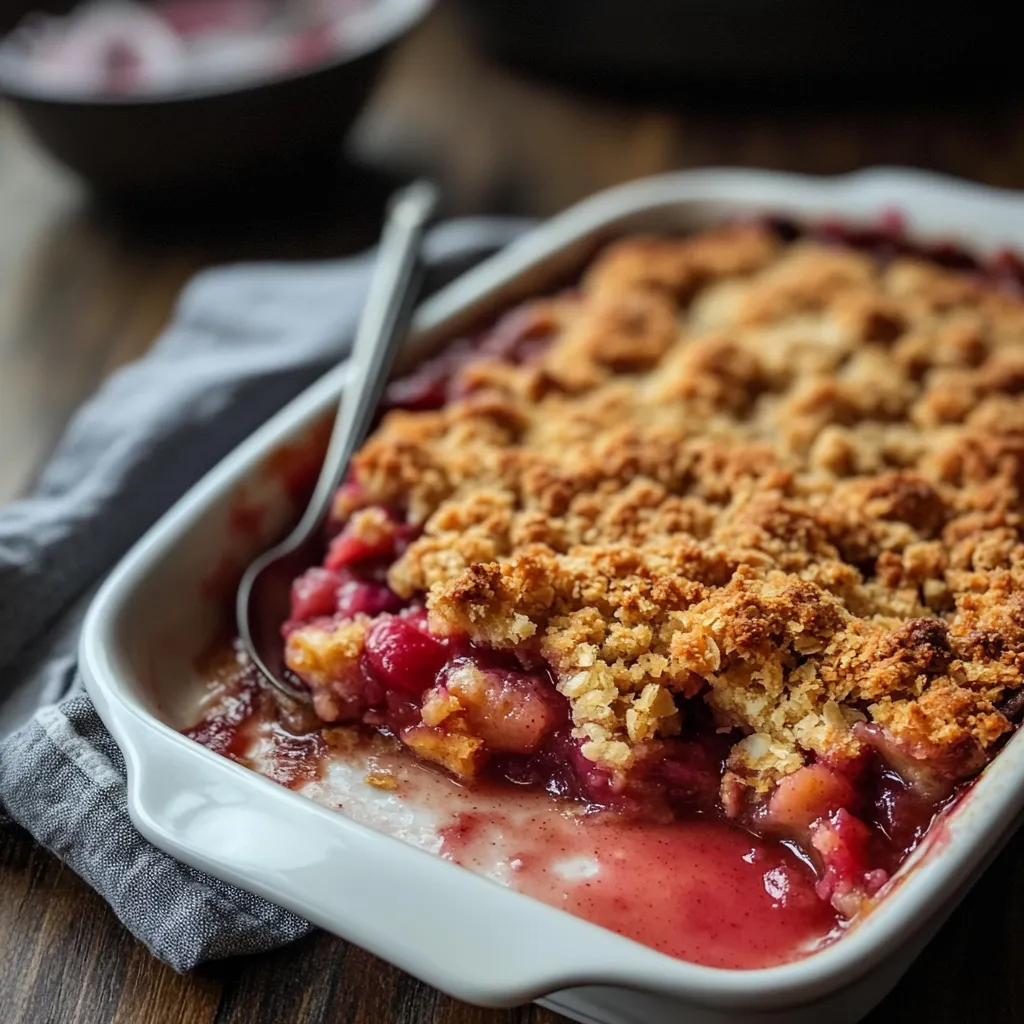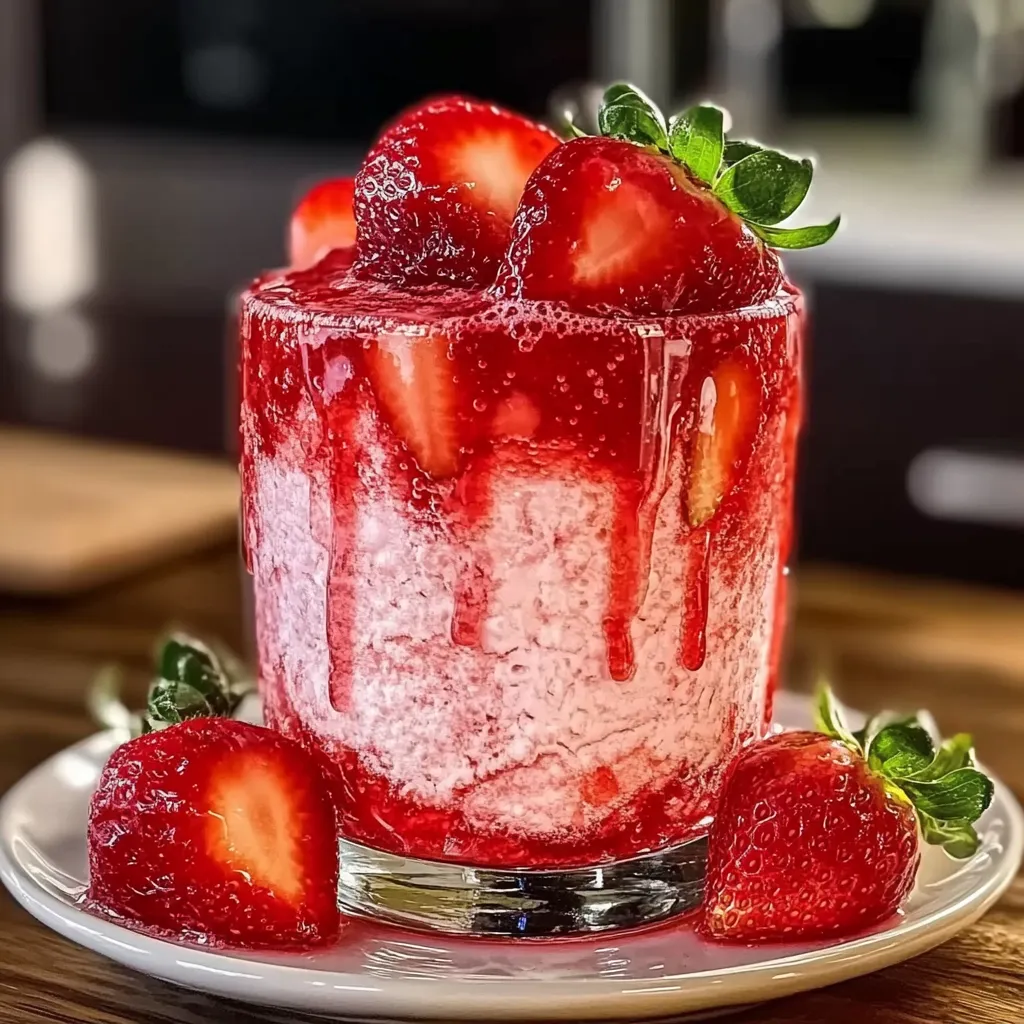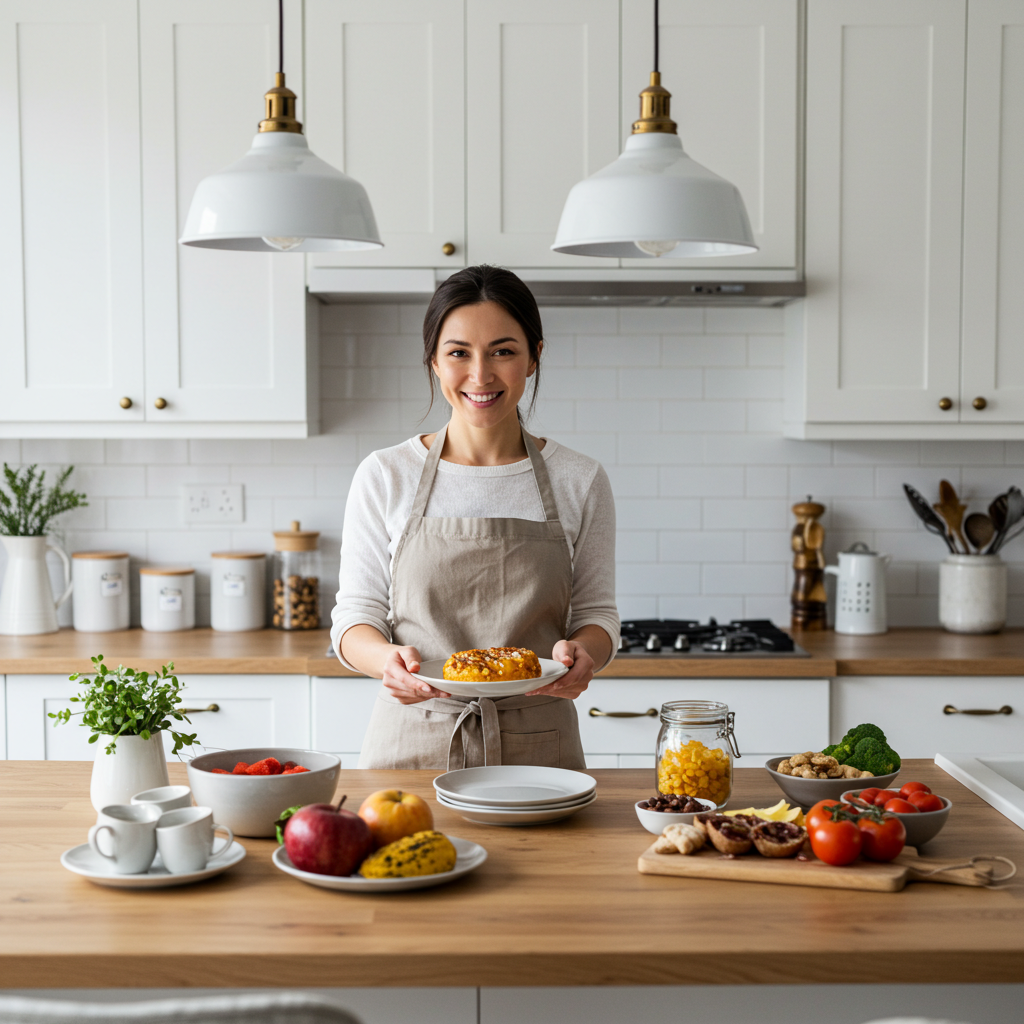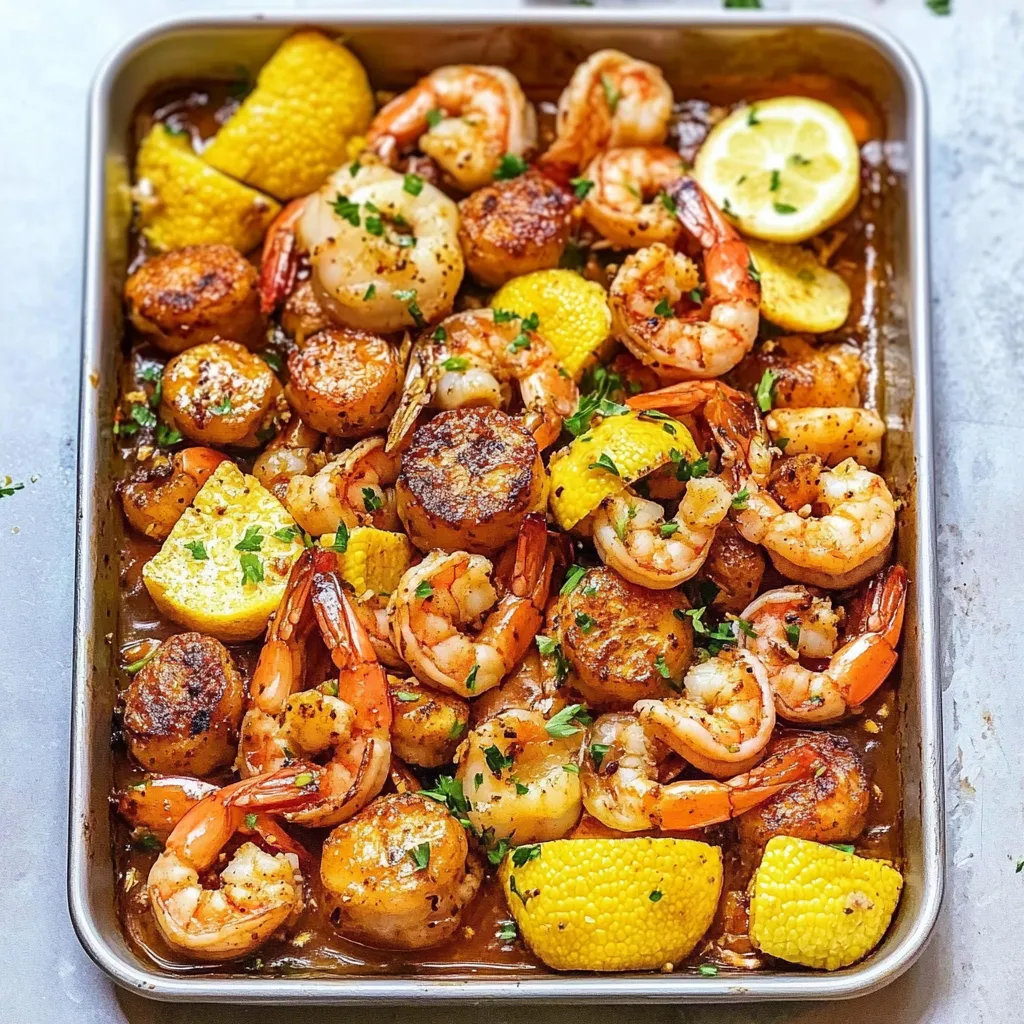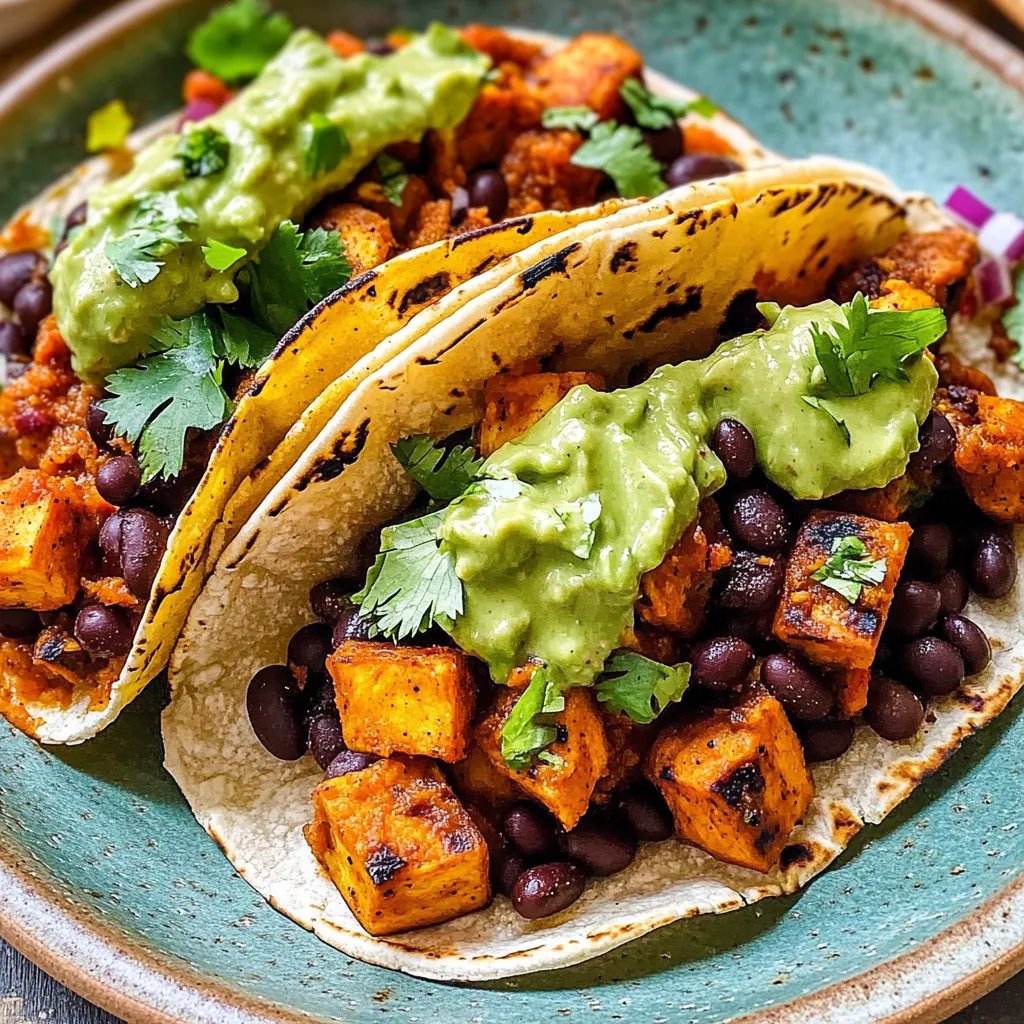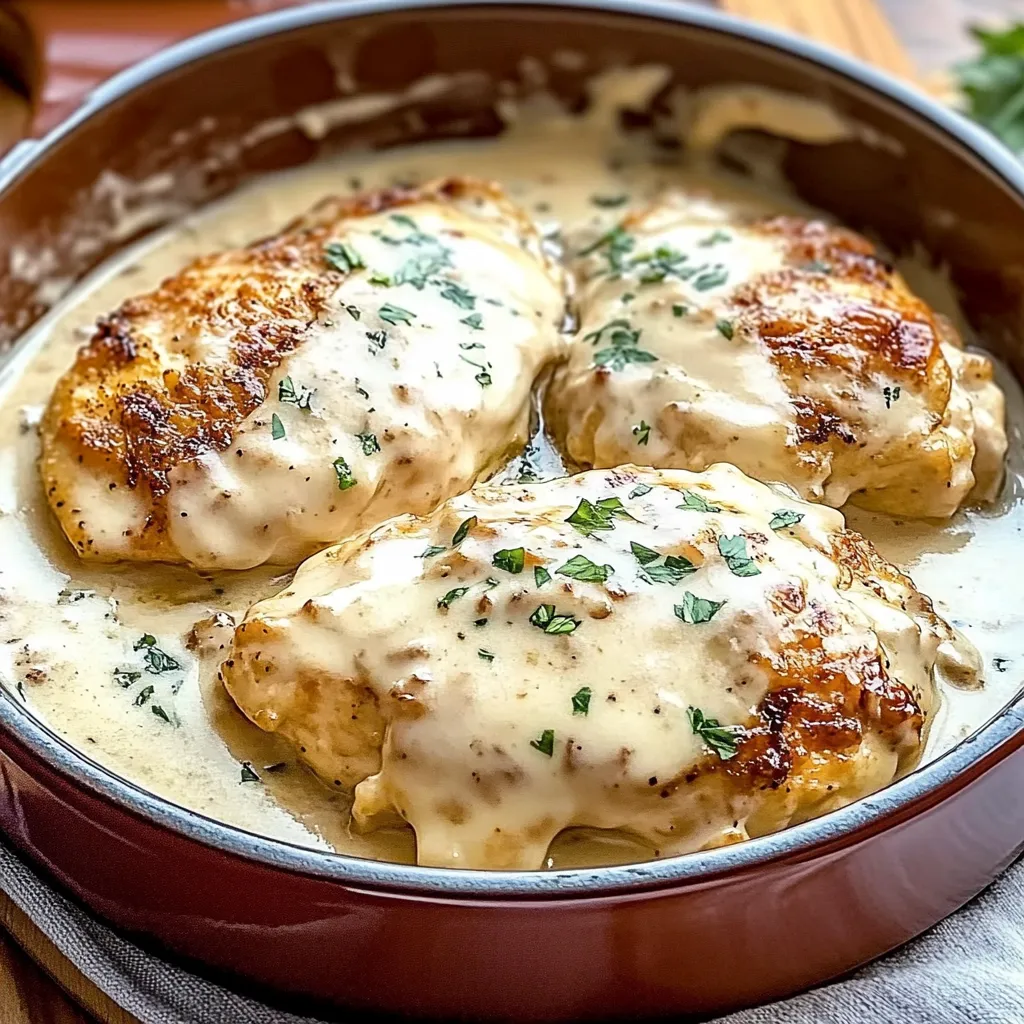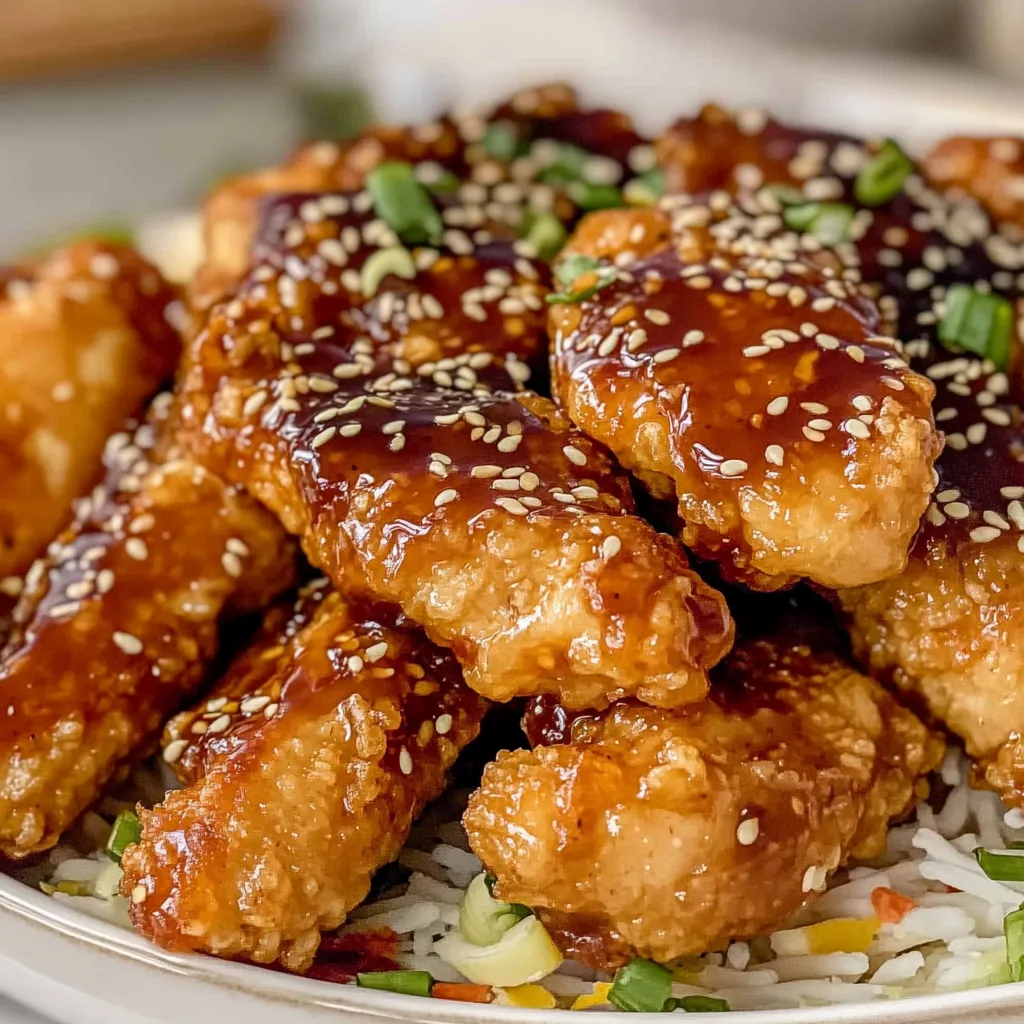There’s something irresistibly delightful about a cake adorned with velvety frostings, and buttercream frosting undoubtedly takes the cake! This creamy, sweet concoction is not just a topping; it’s a culinary staple that transforms ordinary desserts into showstoppers. Whether you’re celebrating a birthday, hosting a tea party, or simply indulging in some weekend baking, mastering buttercream can elevate your creations to the next level.
While the classic vanilla version is always a crowd-pleaser, the world of buttercream offers a multitude of variations to explore. From rich chocolate to zesty lemon or even whimsical strawberry, each type brings its own unique flair. Plus, for those looking to elevate their skills, expert tips on achieving the perfect texture and flavor balance are invaluable. With a little practice and creativity, you’ll soon discover that buttercream frosting can be your best friend in the kitchen, allowing you to add a touch of elegance to every dessert you create!
Ingredients for Buttercream Frosting:
This delectable frosting is ideal for those who love a rich and creamy finishing touch to their cakes and cupcakes. The following ingredients will yield enough buttercream frosting to generously cover a cake serving 8 to 10 people.
Base Ingredients:
- 1 cup (2 sticks) unsalted butter, softened to room temperature
- 4 cups powdered sugar, sifted
- ¼ teaspoon salt
- 2 teaspoons pure vanilla extract
Liquid Ingredients:
- 2 to 4 tablespoons milk or heavy cream
Note: The type of liquid you choose can affect the icing’s consistency. Milk leads to a slightly lighter frosting, while heavy cream yields a richer result.
Optional Flavor Enhancements:
- 1 tablespoon cocoa powder (for chocolate flavor)
- 1 teaspoon almond extract (adds a nutty aroma)
- 1 teaspoon espresso powder (for a coffee-infused frosting)
- 1 tablespoon citrus zest (like lemon or orange, for a fresh twist)
Coloring and Decoration:
- Food coloring (optional, for vibrant hues)
- Sprinkles or edible glitter (optional, for garnish)
Variations to Try:
Buttercream frosting can be customized to suit any occasion:
- Swiss Meringue Buttercream: Substitute half of the butter with Swiss meringue for a smoother texture.
- Fruit-Infused Buttercream: Add pureed fruit or fruit preserves for a refreshing fruity flavor.
- Nut Butter Versions: Incorporate nut butters such as peanut or almond butter for a unique twist.
With these carefully selected ingredients, you’ll have a delightful buttercream frosting perfect for enhancing your baked goods. Feel free to experiment with different flavors and variations to create a truly unique experience!
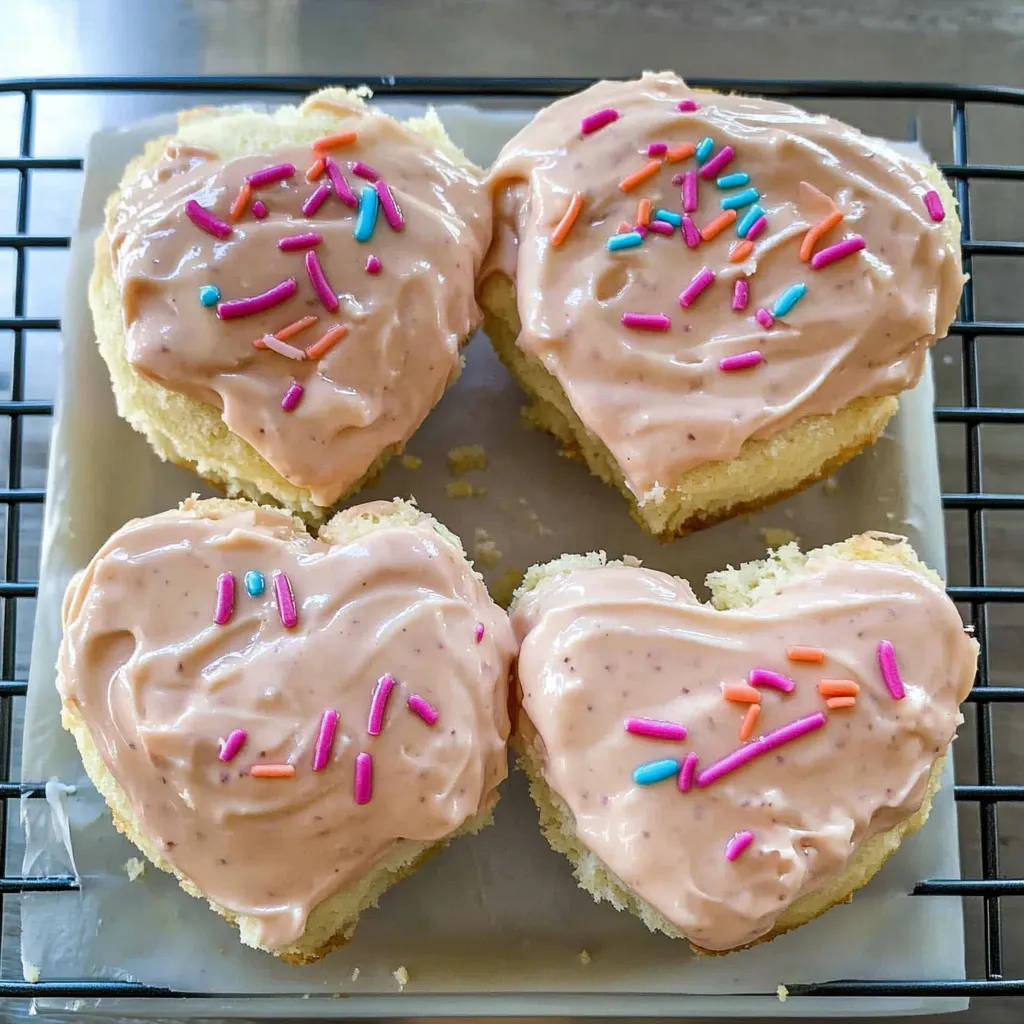
How to prepare Buttercream Frosting:
Making light and fluffy buttercream frosting is straightforward. Follow these simple steps to achieve a creamy texture perfect for topping cakes and cupcakes.
Gather Your Ingredients
Begin by collecting all necessary ingredients. You will need:
- 1 cup unsalted butter, softened
- 4 cups powdered sugar
- 2 teaspoons vanilla extract
- 2-4 tablespoons heavy cream or milk
Beat the Butter
In a large mixing bowl, add the softened butter. Use a hand mixer or stand mixer fitted with a paddle attachment. Beat the butter on medium speed.
Mix Until Creamy
Continue mixing until the butter becomes creamy and smooth. This usually takes about 2-3 minutes. Scrape down the sides of the bowl occasionally to ensure everything is well mixed.
Add the Powdered Sugar
Gradually add in the powdered sugar. Do this in increments to prevent it from flying everywhere. Mix on low speed to combine the sugar with the butter.
Increase the Speed
Once all the sugar is incorporated, increase the mixer speed to medium-high. Beat for an additional 2 minutes. This will help to lighten the frosting and incorporate air for that fluffy texture.
Add Vanilla Extract
Pour in the vanilla extract. Mix it in for about 30 seconds. The vanilla will enhance the flavor, making it deliciously sweet.
Adjust the Consistency
To achieve your desired frosting consistency, add heavy cream or milk. Start with 2 tablespoons and mix well. If the frosting is too thick, add more cream, one tablespoon at a time.
Final Mix
Beat the frosting for another minute after adjusting the consistency. This step ensures a smooth, cohesive mixture that spreads easily.
Check the Taste
Before using your frosting, do a quick taste test. Adjust with a pinch of salt if it’s too sweet or add more vanilla extract for a flavor boost.
Once satisfied with the taste and texture, your frosting is ready to adorn your baked creations. Enjoy decorating!
Tips for the Perfect Buttercream Frosting
Maintain the Right Temperature
To achieve a smooth and creamy texture, ensure your butter is at room temperature. Leave the butter out for about 30 minutes before you plan to start. Cold butter can be challenging to beat, leading to a lumpy frosting. If you’re in a hurry, cut the butter into small pieces to speed up the softening process. Avoid overheating it in the microwave, as this can change its consistency.
Use Quality Ingredients
The flavor and texture of your frosting depend largely on the ingredients. Use unsalted, high-quality butter for the best taste. This allows you to control the overall saltiness of the frosting. Always opt for pure vanilla extract instead of imitation flavors. This small change can drastically improve the flavor profile. Investing in quality powdered sugar will also contribute to a smoother finish.
Understanding Sugar to Butter Ratios
A classic ratio for buttercream is one part butter to two parts powdered sugar. Adjusting this ratio can significantly affect texture. For a stiffer frosting, use more sugar. For a creamier consistency, slightly decrease the sugar. Remember to sift the powdered sugar to remove lumps, which can create a grainy texture.
Flavor Variations
Get creative with flavors! To make chocolate buttercream, simply add unsweetened cocoa powder to your frosting. For a fruity twist, incorporate fruit purees or zests. You can even experiment with extracts beyond vanilla, such as almond or lemon.
Dietary Substitutions
If you or someone you’re serving has dietary restrictions, you can still make delicious frosting. For a dairy-free option, use vegan butter or coconut cream. If you need gluten-free frosting, stick with powdered sugar, which is generally gluten-free. Keep an eye on flavored extracts, as some may contain gluten.
Storing and Reusing Frosting
If you have leftover frosting, store it in an airtight container in the refrigerator for up to two weeks. When you’re ready to use it again, whip it up for a few seconds to regain its fluffy texture. If your frosting is too thick after chilling, you can add a teaspoon of milk or water to loosen it up.
By following these tips and being mindful of your ingredients and temperatures, you’ll create a delightful frosting that enhances any dessert!
Storage Tips for Buttercream Frosting:
Proper storage is key to keeping your frosting fresh and flavorful. Whether you make large batches for special events or just for a weekend treat, you want to store it correctly. Follow these tips to maintain the quality of your buttercream.
Cooling Before Storing
Allow your frosting to cool completely at room temperature before storage. This step prevents condensation from forming inside your container, which can lead to spoilage. Once cool, proceed to store it in an airtight container.
Refrigeration Guidelines
Store your buttercream frosting in the refrigerator if you don’t plan to use it within a few days. Ensure the container is tightly sealed to avoid absorbing odors from other foods. Proper refrigeration can extend its shelf life to about two weeks. Before using, let it sit at room temperature for about 30 minutes to soften up.
Freezing for Long-Term Storage
Freezing is an excellent option for long-term preservation. Scoop the frosting into a freezer-safe bag or container. Remove excess air to prevent freezer burn. It can last up to three months in the freezer. When you’re ready to use it, thaw the frosting overnight in the refrigerator or at room temperature for a couple of hours. Once thawed, re-whip it gently to restore a fluffy texture.
Signs of Spoilage
Keep an eye out for signs of spoilage. Typically, you’ll recognize freshness by its smooth texture and rich aroma. If the frosting appears grainy, discolored, or develops an off smell, discard it. Always check before using any leftover frosting.
Optimal Storage Containers
Select the right storage containers to maintain quality. Use glass or BPA-free plastic containers with tight-fitting lids. Avoid using containers that are too large, as excess air can impact the frosting’s texture and flavor. Always label your containers with the date for easy identification.
By following these storage tips, you can enjoy your frosting for many baking adventures to come, keeping it as fresh as the day it was made!
Related Recipes
If you love creating delicious desserts, you might want to explore recipes that pair well with rich, creamy frostings. Here are a few that you can easily make and enjoy.
- Chocolate Cake: This classic dessert serves as an ideal base for any frosting. Its moist texture and rich cocoa flavor complement the creamy sweetness perfectly, making it a favorite for celebrations.
- Vanilla Cupcakes: These are another great match. The lightness of the cupcakes balances out the heaviness of the frosting, allowing you to savor each bite without feeling overwhelmed. Customize them with sprinkles or other toppings for an extra touch.
- Red Velvet Cake: Known for its striking color and subtle cocoa flavor, red velvet cake adds a visual and taste contrast when topped with creamy frostings. The soft, buttery essence enhances the overall experience, making each slice irresistible.
- Banana Bread: Surprisingly, this moist bread pairs well with a rich topping. Adding a light layer of frosting can transform traditional banana bread into a delightful dessert, perfect for brunch or tea time.
- Gingerbread Cookies: These spiced cookies provide a warm flavor that contrasts beautifully with frosting. Decorating them with a sweet layer enhances their charm, making them a holiday favorite.
Each of these recipes offers unique flavor profiles that harmonize with sweet, creamy toppings, enhancing the overall dessert experience. Whether you’re baking for an occasion or just for fun, these options will elevate your treat game!
Frequently Asked Questions:
What ingredients are needed to make buttercream frosting?
To create a delightful buttercream topping, you’ll typically need unsalted butter, powdered sugar, milk or heavy cream, and vanilla extract. The butter serves as the base, lending a creamy texture, while the sugar adds sweetness and stability. The milk helps achieve the desired consistency, and vanilla introduces a lovely flavor note.
How do I achieve a fluffy texture for my buttercream?
For a light and fluffy icing, it is essential to beat the butter thoroughly until it’s pale and creamy before adding the powdered sugar. Use a stand mixer or hand mixer on medium speed and gradually incorporate the sugar to prevent a sugar cloud. Finally, adding a splash of milk can help create that airy texture for a perfect frosting.
Can I color my buttercream frosting?
Absolutely! You can easily tint your buttercream using gel food coloring, which provides vibrant colors without altering the consistency. Start with a small amount and gradually add more until you achieve your desired shade. This is a fantastic way to enhance the visual appeal of your desserts.
How long does buttercream last in the fridge?
When stored in an airtight container, this creamy confection can last about 1-2 weeks in the refrigerator. To use, simply let it come to room temperature and re-whip it to restore its fluffy consistency before applying it to cakes or cupcakes.
Can I freeze my buttercream frosting?
Yes, you can freeze this sweet frosting for future use! Portion it into freezer-safe bags or containers, and it can last up to three months. Thaw it in the refrigerator overnight and whip it again to restore its texture before use.
What are some common mistakes to avoid when making buttercream frosting?
A few frequent pitfalls include not properly creaming the butter, adding too much liquid, or using cold butter straight from the fridge. Each of these can lead to a less-than-ideal consistency or flavor. Ensuring your butter is at room temperature, adding liquid gradually, and mixing well can help avoid these issues and yield a delicious result.
Conclusion:
In summary, mastering buttercream frosting opens the door to endless dessert possibilities. Its simplicity allows you to whip up a delectable frosting in no time, making it an essential skill for any baker. The versatility of this frosting means you can easily adjust its sweetness, texture, and flavor to suit every occasion, whether for birthday cakes or elegant pastries. Moreover, experimenting with customization options, such as adding fruit purees or flavored extracts, can elevate your creations and impress your guests. Remember, the key to perfect buttercream lies in the ratio of ingredients and patience during the mixing process. So, armed with these tips, you can confidently create a buttercream that complements your baking style and satisfies your taste buds. Now, go ahead and let your creativity flourish in the world of frosting!
Print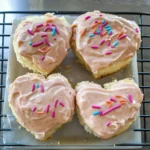
Buttercream Frosting
- Total Time: 10 minutes
- Yield: Frosts 24 cupcakes or 1 two-layer cake 1x
Description
Rich, fluffy, and easy to make, this classic buttercream frosting is the ultimate go-to for decorating or layering your favorite baked goods. It’s sweet, smooth, and customizable with flavors or colors!
Ingredients
-
1 cup (2 sticks) unsalted butter, softened
-
3–4 cups powdered sugar, sifted
-
2–3 tbsp heavy cream or milk
-
2 tsp vanilla extract
-
Pinch of salt (optional)
Instructions
-
Beat Butter:
In a large bowl, beat the softened butter with a mixer on medium speed until light and fluffy (about 2–3 minutes). -
Add Sugar:
Gradually add powdered sugar, 1 cup at a time, beating on low to combine, then on medium-high until smooth. -
Add Vanilla & Cream:
Mix in vanilla and 2 tbsp cream. Beat for 2–3 minutes more. Add more cream 1 tsp at a time if needed for a lighter texture. -
Adjust & Use:
Taste and add a pinch of salt if desired to balance sweetness. Use immediately or refrigerate.
Notes
-
Want it chocolate? Add 1/2 cup unsweetened cocoa powder or melted chocolate.
-
For colors, use gel food coloring for the most vibrant, non-watery results.
-
Can be stored in an airtight container in the fridge for up to 1 week; rewhip before using.
- Prep Time: 10 minutes
- Cook Time: 0 minute
Nutrition
- Calories: 170kal
- Sugar: 21g
- Sodium: 20mg
- Fat: 10g
- Saturated Fat: 6g
- Carbohydrates: 21g
- Protein: 0g
